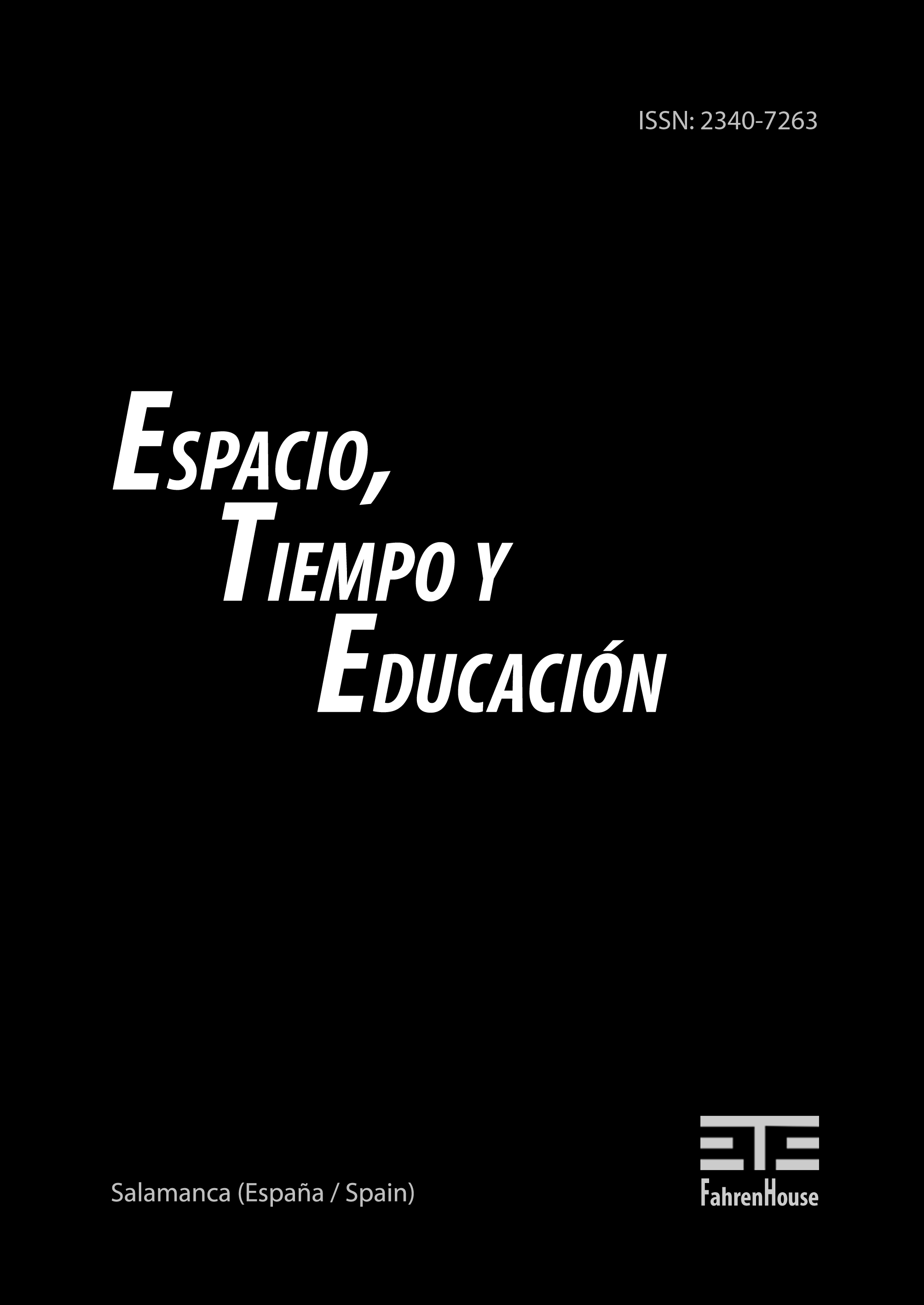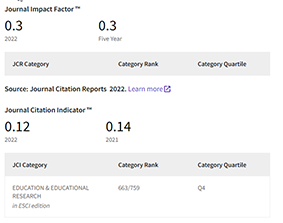Governance of Swedish school mathematics — where and how did it happen? A study of different modes of governance in Swedish school mathematics, 1910-1980
DOI:
https://doi.org/10.14516/ete.180Keywords:
Governance, reform, mathematics education, Sweden, 20th century, primary schools, lower secondary schoolsAbstract
The aim of this paper is to revise a standard narrative about governance of the Swedish school system in the period of 1910-1980. According to this narrative, the Swedish school system was centralized during this period. However, this narrative does not fit the history of Swedish mathematics education (years 1-9). The research questions are: where in the school system was change initiated and how was change enforced? On the basis of studies of syllabi, textbooks, teaching literature, teacher journals and reports from investigations and development projects, different modes of governance of school mathematics are identified. The main results are that textbook producers rather than national syllabi and exams were drivers of change in the period 1910-1960. Moreover, the centralized attempts to change school mathematics, prepared in the 1960s, were soon abandoned in the early 1970s. Thus, centralized governance of Swedish school mathematics, with the ambition to achieve change, was something that took effect relatively late and during a very short period of time.
References
Bjarnadóttir, K. (2014). History of Teaching Arithmetic. In Karp, A., & Schubring, G. (Eds.), Handbook on the History of Mathematics Education (pp. 431-458). New York: Springer.
Bjerneby Häll, M. (2002). Varför undervisning i matematik?: argument för matematik i grundskolan - i läroplaner, läroplansdebatt och hos blivande lärare. Lic.-avh. Linköping : Univ.. Linköping.
Börjesson, M. (2016). Från likvärdighet till marknad: en studie av offentligt och privat inflytande över skolans styrning i svensk utbildningspolitik 1969-1999. Diss.: Örebro universitet, Örebro
Euclid, & Heath, T.L. (1956). The thirteen books of Euclid’s Elements. (2. ed., rev. with additions). New York: Dover.
Gispert, Hélène, & Schubring, Gert (2011). Societal, Structural, and Conceptual Changes in Mathematics Teaching: Reform Processes in France and Germany over the Twentieth Century and the International Dynamics. Science in Context, 24, 73-106
Green, A. (1997). Education, globalization and the nation state. Basingstoke: Macmillan.
Hatami, R. (2007). Reguladetri: en retorisk räknemetod speglad i svenska läromedel från 1600-talet till början av 1900-talet. Lic.-avh. Växjö: Univ., Växjö.
Hofman, A.; Hofman, R., & Gray, J. (2010). Institutional Contexts and International Performances in Schooling: comparing patterns and trends over time in international surveys. European Journal of Education, 45(1), 153-173
Johnsson Harrie, A. (2009). Staten och läromedlen: en studie av den svenska statliga förhandsgranskningen av läromedel 1938-1991. Diss. Linköping: Linköpings universitet.
Karp, A. & Schubring, G. (red.) (2014). Handbook on the history of mathematics education. New York [u.a.]: Springer.
Kilpatrick, J. (2012). The new math as an international phenomenon, ZDM: the international journal on mathematics education, 44(4), 563-571
Kommittén för den fortsatta verksamheten med radio och television inom utbildningsväsendet (KU) (1975). Distansundervisning: lägesbeskrivning samt organisatoriska alternativ för högskolan: betänkande. Stockholm: LiberFörlag/Allmänna förl..
Larsson, E., & Westberg, J. (Eds.). (2011). Utbildningshistoria: en introduktion. Lund: Studentlitteratur
Lindensjö, B., & Lundgren, U.P. (2012). Utbildningsreformer och politisk styrning. Stockholm: Liber.
Lundahl, C. (2006). Viljan att veta vad andra vet: kunskapsbedömning i tidigmodern, modern och senmodern skola. Diss.: Uppsala universitet, Stockholm.
Lundin, S. (2008). Skolans matematik: en kritisk analys av den svenska skolmatematikens förhistoria, uppkomst och utveckling. Diss. Uppsala: Uppsala universitet.
Lundgren, U.P. (1989). Att organisera omvärlden: en introduktion till läroplansteori. Stockholm: Utbildningsförl.
Murray, Åsa, & Liljefors, Robert (1983). Matematik i svensk skola. Stockholm: LiberUtbildning.
Oftedal Telhaug, A., Mediås, O. A., & Aasen, P. (2006). The Nordic Model in Education: Education as part of the political system in the last 50 years, Scandinavian Journal of Education, 50(3).
Phillips, C.J. (2015). The New Math: A Political History. Chicago: University of Chicago press.
Prytz, J. (2007). Speaking of Geometry - a study of geometry textbooks and literature on geometry instruction for elementary and lower secondary levels in Sweden, 1905-1962, with a special focus on professional debates. Diss. Uppsala: Uppsala universitet.
Prytz, J. (2009). Professional debate and social structure in Swedish mathematics education, 1905-1962. The case of geometry instruction at the lower secondary level. In Bjarnadóttir, Kirstín, Furinghetti, Fulvia, & Schubring, Gert (Eds.), «Dig where you stand». Proceedings of a conference on On-going research in the History of Mathematics Education. Reykjavík: University of Iceland, School of Education.
Prytz, J. (2012). Changes in the exercise of power over school mathematics in Sweden, 1930-1970. In Bjarnadóttir, Kristín, Furinghetti, Fulvia, Matos, José Manuel, & Schubring, Gert (Eds.), «Dig where you stand» 2: Proceedings of the Second International Conference on the History of Mathematics Education. Lisbon: UIED, Unidade de Investigação, Eduação e Desenvolvimento.
Prytz, J. (2015). Swedish mathematics curricula. An overview. In Bjarnadóttir, K., Furinghetti, F., Prytz, J., & Schubring, G. (Eds.), «Dig where you stand» 3: Proceedings of the Third International Conference on the History of Mathematics Education. Uppsala: Department of education, Uppsala University.
Prytz, J. (2016). The construction of a database regarding Swedish historical textbooks in mathematics (grades 1-9), 1900-2015: A technical description. Uppsala: Uppsala universitet.
Prytz, J. (2017, in press). The production of textbooks in mathematics in Sweden, 1930-1980. In Bjarnadóttir, K., Furinghetti, F., Mengini, M., Prytz, J., & Schubring, G. (Eds.), «Dig where you stand» 4: Proceedings of the Fourth International Conference on the History of Mathematics Education. Roma.
Prytz, J., & Karlberg, M. (2016). Nordic School Mathematics revisited. On the introduction and functionality of New Math. Nordic Studies in Mathematics Education, 21(1).
Richardson, G. (2010). Svensk utbildningshistoria: skola och samhälle förr och nu. Lund: Studentlitteratur.
Rogers, L. (2015). Epistemology, methodology, and the building of meaning in a new community of mathematics educators in England, 1950-1980. In Bjarnadóttir, K., Furinghetti, F., Prytz, J., & Schubring, G. (Eds.), «Dig where you stand» 3: Proceedings of the Third International Conference on the History of Mathematics Education. Uppsala.
Smid, H. J. (2012). The first International reform movement and its failure in the Netherlands. In Bjarnadóttir, Kristín, Furinghetti, Fulvia, Matos, José Manuel, & Schubring, Gert (Eds.), «Dig where you stand» 2: Proceedings of the Second International Conference on the History of Mathematics Education., Lisbon.
Timar, T., & Tyack, D. (1999). The Invisible Hand of Ideology: Perspectives from the History of School Governance. Education Commission of the States, Denver, CO.







